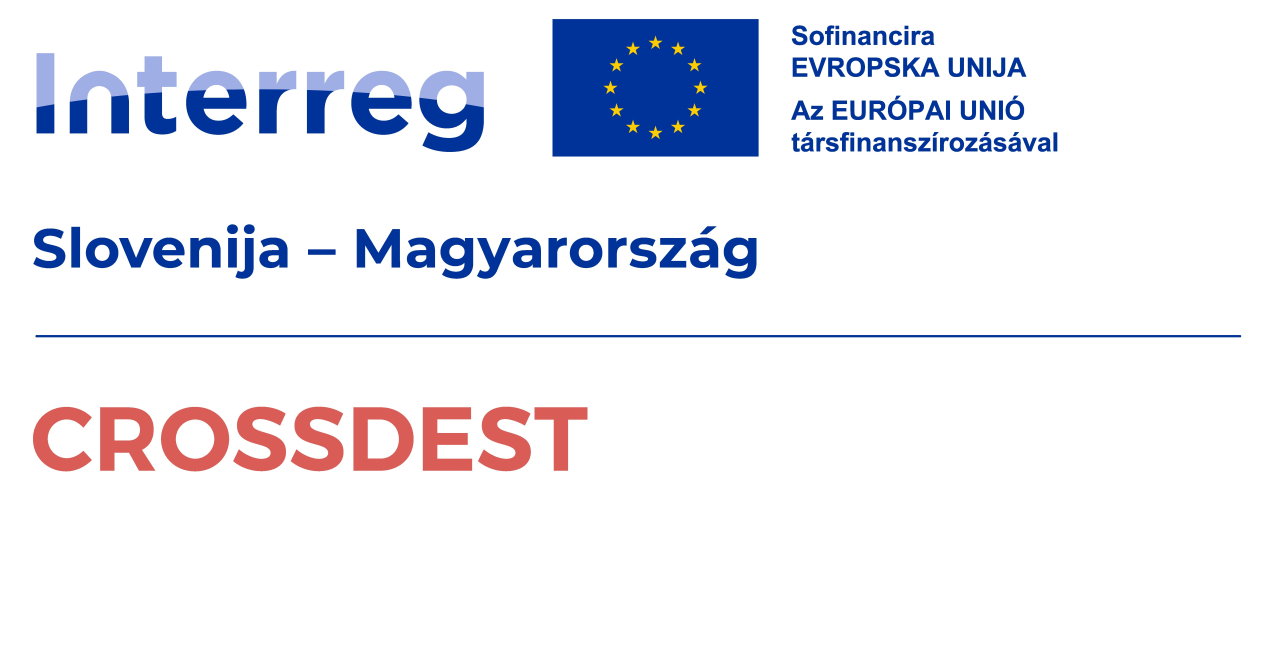-

Foto: Bozsó Gyula -

Foto: Bozsó Gyula -

Foto: Bozsó Gyula
Castello di Diósgyőr
Il Castello di Diósgyőr non è solo un monumento storico, ma uno dei migliori esempi di castelli medievali di cavalieri in Ungheria, unico nel suo genere conservato nel Bacino dei Carpazi.
Ulteriori informazioni
Il Castello di Diósgyőr non è solo un monumento storico, ma uno dei migliori esempi di castelli medievali di cavalieri in Ungheria, unico nel suo genere conservato nel Bacino dei Carpazi. Costruito in stile gotico nel XIV secolo dal re Luigi il Grande, servì come dono di dote per le regine durante il suo regno. L'imponente struttura del castello, con quattro torri angolari e una grande sala dei cavalieri, fu teatro non solo di incontri della corte reale, ma anche di eventi diplomatici. Nel Medioevo, le acque del torrente Szinva e le foreste dei Monti Bükk rendevano i dintorni del castello ideali per la caccia e il relax.
During the Turkish occupation, the castle's significance declined, and over the years, it gradually fell into ruin. Archaeological excavation and conservation began in the mid-20th century, and in 2013, a major renovation project was launched to restore the castle for cultural and tourism purposes. However, the restoration halted in 2021, and the castle is currently closed. The restoration has been controversial, with many concerned about preserving the castle’s original state.
The history of Diósgyőr Castle is an important part of Hungarian heritage, evoking the lives of royal courts and serving as a symbol of national identity. For locals, the castle also holds personal memories. One elderly woman, for instance, shared that in her youth, she threw a pebble into the castle’s well as a token of love. When she learned that the well would remain in its original state, she felt reassured, as this gesture symbolized the enduring nature of love for her.
Gruppo target
-
Viaggi scolastici
-
Famiglie con bambini piccoli
-
Famiglie con bambini più grandi
-
Programmi intergenerazionali
-
Gruppi di amici
-
Anziani
-
Coppie








